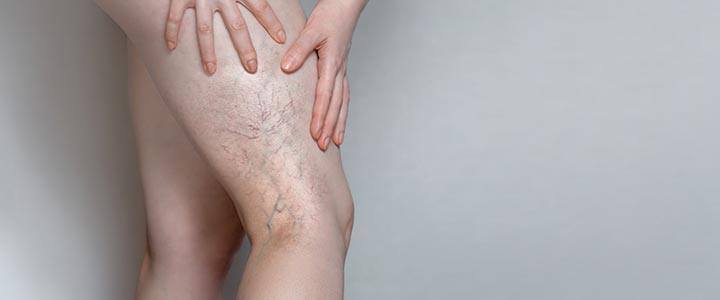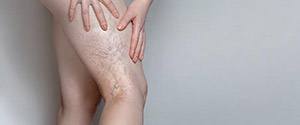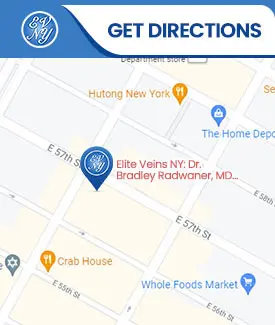By using our website, you agree to the use of cookies as described in our Cookie Policy
Sclerotherapy Varicose Veins
Sclerotherapy of Varicose Veins in NYC
Our professionals at Elite Veins offer effective sclerotherapy treatment for varicose veins. So contact today or book an appointment online. We serve patients from the New York City, NY and surrounding areas.


Table Of Contents:
Sclerotherapy is a minimally invasive procedure that is used to treat varicose veins by injecting a medication to shrink the vein. Sclerotherapy is typically done on an outpatient basis, and most people can return to their normal activities almost immediately following treatment. Some people experience minor side effects, such as pain or bruising at the injection site, which are usually mild and transient. Sclerotherapy is one of the most effective treatments for varicose veins, with a high success rate.
Which is better, sclerotherapy or laser?
Sclerotherapy and laser therapy are two safe and effective treatments for the reduction of varicose and spider veins; which one is better will depend on the needs of the patient and the specifics of their condition. Because it is less expensive, faster and more effective than laser treatment, sclerotherapy is often the best choice for the treatment of superficial spider veins on the legs and hands. For example, in one study comparing the efficacy of laser and sclerotherapy, sclerotherapy was 50 to 70 percent effective on spider veins versus 30 to 40 percent effective in surface laser treatments.
Sclerotherapy is also better for people with:
– Low pain thresholds
– Darker skin
In most cases, sclerotherapy is the preferred treatment over laser therapy, but some situations may receive a greater benefit from laser treatments. For more information about which treatment is best in your unique situation, please call Elite Veins NY today.
How long does it take for varicose veins to disappear after sclerotherapy?
The time it takes for varicose veins to disappear after sclerotherapy is different in every situation and depends on several factors unique to each patient, including:
– The number of varicose veins
– The size of varicose veins
– How long they have been present
– The number of treatments received
– How the patient responds to the treatment
In cases with people that have small varicose or spider veins, they are most likely to notice a significant improvement within three to six weeks. As complex vein conditions require more time and patience, depending on the number, size and state of the patient’s veins, the specialist might recommend more sessions. Larger veins may require more time to withdraw, and can sometimes take up to three to four months. It is important to remember to always be careful during the recovery process, and to follow the advice given as prescribed by the doctor, as the process sometimes takes time and patience.
What is the difference between ablation and sclerotherapy?
Sclerotherapy is performed by injecting a liquid irritant known as a sclerosant into problem veins; this causes the vein to collapse and blood flow to be rerouted to a healthy vein—the collapsed vein is then reabsorbed by the body. Sclerotherapy is the treatment of choice for spider veins and smaller veins as it is simple, cost-effective and efficacious. On the other hand, endovenous laser ablation is performed by inserting a laser fiber into the problem vein; the fiber is slowly heated using low energy, which causes the vein to heat up and collapse. To ensure patient comfort throughout the treatment, both procedures require a topical anesthetic. Both treatments are minimally invasive and leave no scarring; while the goal of both treatments is to collapse problem veins, the way the procedures are performed is different.
If you or someone you know is struggling with the appearance of varicose veins, trust the professionals at Elite Veins NY. Call us today to book an appointment for sclerotherapy of varicose veins, or visit our center conveniently located at 136 East 57th Street, Suite 1001, NYC 10022. We serve patients from the New York City NY, Queens NY, Brooklyn NY, Manhattan NY, Bronx NY, Hoboken NJ, West New York NJ and surrounding areas.


